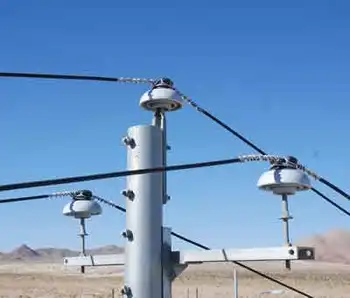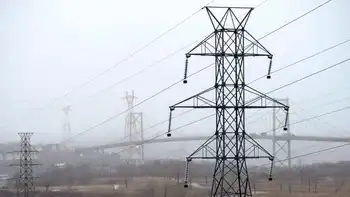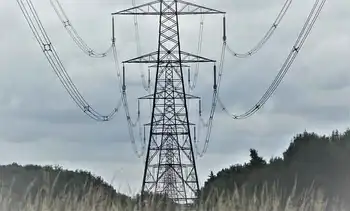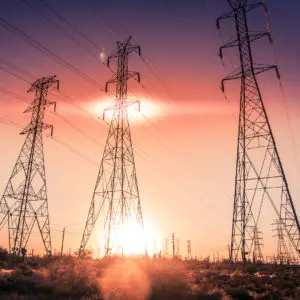Nuclear power plant: Tax bill is too much
By Newburyport News
Protective Relay Training - Basic
Our customized live online or in‑person group training can be delivered to your staff at your location.

- Live Online
- 12 hours Instructor-led
- Group Training Available
Florida Power and Light, the company that owns the major portion of the Seabrook nuclear power plant, recently filed an abatement appeal with selectmen over the new taxable value of its facility.
According to Seabrook Town Manager Barry Brenner, the town received Florida Power and Light's appeal of the town's new $1.65 billion assessment of the plant, making the deadline for such abatement appeals. The prior agreed-upon worth of the plant was $1.043 billion, meaning the new value represents an increase of $607 million.
"March 1 was the deadline for all assessment appeals," Brenner said. "It's the same deadline for any property owner who wants to appeal the assessed value of their property. All property owners have the right to file an appeal on tax assessments."
Brenner said Florida Power and Light had to file the appeal to keep its options open or lose the right to appeal.
Of the appeal, power plant spokesman Alan Griffith said, "FPL Energy Seabrook Station has always been committed to being a good neighbor and paying our fair share of property taxes. Since the town rejected (our) most recent settlement offer, we withdrew that offer and have filed the abatement appeal to preserve our rights in this process. We look forward to continuing the professional and respectful negotiations with the town, and we are hopeful that we can reach an amicable solution on the valuation of Seabrook Station."
In today's market, the nuclear plant's value is about half of what it was at its zenith. For example, according to Seabrook Tax Collector Lillian Knowles, in 1986, the plant's total taxable value was about $3.060 billion, or 94 percent of the town's total tax base. Owned mostly by Public Service of New Hampshire at the time, the plant paid Seabrook more than $19 million in taxes in 1986.
In 2007, with a worth of $1.043 billion, the plant represented about 38 percent of the town's tax base, with its consortium of owners paying $10.9 million in taxes, she said.
The newly assessed 2008 value of $1.65 billion represents about 48 percent of the town's tax base, Knowles said, with tax payments of $15,377,761 unless the worth is lowered in the future through the appeal.
Seabrook officials and the owners of FPL Energy Seabrook Power Station have been in negotiations to reach an agreement on the plant's 2008 worth since early last year, Brenner said, but no signed agreement resulted by April 1. However, to set the tax rate on time, all property in town had to be assessed at its "full and fair value" as of April 1, 2008, in order for tax bills to be mailed out on time in December.
As a result, after considerable research, Seabrook Assessor Angela Silva placed a value on the plant as of April 1, 2008, in conjunction with advice from the town's utility appraisal consultant Glenn Walker, Brenner said. Since the cost of energy had risen considerably as of April 2008, the value of the plant rose sharply as well.
According to information released by Robert Ciandella, the attorney Seabrook employs on utility issues, to establish the value of the plant, the town and its consultant looked at a number of measurements. One factor was the high electric prices that existed in the early part of 2008, which were at $90 per megawatt hour.
Although electric prices have dropped since then to $70 per megawatt hour, New Hampshire law requires Seabrook to asses the plant based on full and fair value as of April 1, 2008, and the energy market conditions existing at the time. Given the energy market in April of 2008, the town is "confident" its calculations are correct, Ciandella said.
Seabrook and the owners of the power plant had haggled over the worth of the plant for more than a decade after the plant was finished, even ending up in court occasionally. But since 1998, in hopes of ending costly legal disputes, Seabrook and the plant's owners have reached agreements on its worth through negotiations. A number of multiyear tax agreements have been reached in that fashion, the last covered the plant's value for 2006 and 2007.
According to Brenner, FPL's appeal of the new valuation isn't putting a halt to the current negotiations, and the town hopes a new multiyear agreement will be forthcoming.
"We're continuing to negotiate to reach an agreement (on the plant's worth)," Brenner said. "But Florida Power and Light had to file the appeal by the deadline or not be able to appeal at all."











